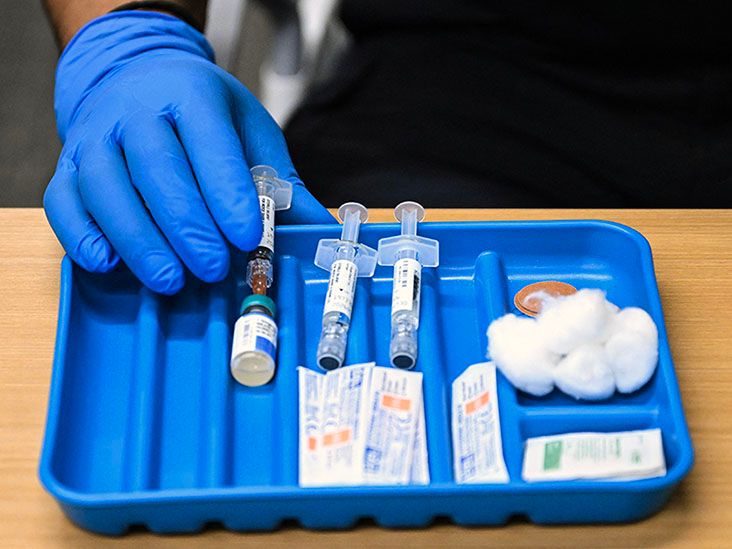Watercress is a dark, leafy green that grows in natural spring water. It is rich in vitamins and minerals and it may be beneficial for heart and bone health.
Historically, people have used watercress as little more than a garnish. Now, however, it is seeing a resurgence in popularity as one of the latest superfoods.
Watercress is an ancient green that may have been a staple in the diet of Roman soldiers. It is also a member of the cruciferous family, alongside kale, broccoli, arugula, and Brussels sprouts.
Its newfound popularity is partly due now to a growing awareness of its dense nutritional content.
In this article, we explain the benefits of watercress, give a breakdown of its nutrients, and clarify its potential health risks for certain individuals.
We also provide ideas to help people incorporate more watercress into their diet.

Consuming all types of fruits and vegetables, including watercress, has links to better overall health.
According to a
As a consequence of this, these food groups also seem to decrease the risk of premature mortality and disability.
Cancer prevention and treatment
A
Recent research in test tubes and animals has concluded that eating a lot of cruciferous vegetables has an association with a
Studies have suggested that a compound called sulforaphane is also what gives these vegetables their beneficial effects against cancer. This is a compound that contains sulfur and gives cruciferous vegetables their bitter taste.
Authors of a
The ability to interfere with HDAC enzymes could mean that foods containing sulforaphane potentially support cancer management. Further investigation is necessary, however.
Lowering blood pressure
People who do not consume enough calcium, magnesium, and potassium in their diets are more likely to have high blood pressure.
These minerals are thought to bring blood pressure down by releasing sodium from the body and helping arteries dilate.
It is important to note that taking these minerals in supplement form will not provide the same health benefits as consuming them as part of a healthful diet.
Watercress contains all three of these healthy minerals and can help improve intake.
According to a
These benefits include reducing blood pressure, inhibiting the buildup of platelets, and preserving or improving endothelial dysfunction.
In general, research has shown that a diet containing all types of fruits and vegetables may help a person maintain healthy blood pressure.
Maintaining healthy bones
A low intake of vitamin K can increase an individual’s risk of bone fracture.
Adequate vitamin K consumption
Eating just one cup of watercress a day would help a person meet their daily requirement of vitamin K.
Watercress is also a good source of calcium, which further supports bone development and strength.
Treating diabetes
Watercress contains the antioxidant alpha-lipoic acid. This compound can:
Studies on alpha-lipoic acid have also shown that it can decrease nerve damage in people with diabetes. The Food and Drug Administration (FDA)
A
A
However, most studies on alpha-lipoic acid used intravenous doses. There is uncertainty whether consuming alpha-lipoic acid in the diet provides the same benefits.
Providing dietary nitrates
Watercress, along with beetroot and other leafy greens, contains a very high level of dietary nitrate, which increases nitric oxide and can have positive effects on health.
A
A
However,
Further research in this area is necessary to confirm the benefits of dietary nitrates.
According to the United States Department of Agriculture’s FoodData Central database,
A single cup of watercress also provides:
- 0.782 g of protein
- 0.034 g of fat
- 0.439 g of carbohydrate
- 0.17 g of fiber
Consuming 1 cup of watercress can also help a person get the following nutrients:
- vitamin K
- vitamin C
- vitamin A
- calcium
- manganese
- potassium
- vitamin E
- thiamin
- riboflavin
- vitamin B-6
- magnesium
- phosphorus
People most consume watercress in salads. However, a person can also incorporate watercress into pasta dishes, casseroles, and sauces.
Watercress will sauté faster than tougher greens such as kale and collard greens because of its tenderness. It lends a mild, slightly peppery taste to any dish.
Choose watercress with deep green, crisp leaves, and no signs of wilting. People should store it in the refrigerator and use it within a few days of purchase.
Ways to include watercress in the diet include the following:
- Throw a small handful into your favorite fruit juice or smoothie.
- Add watercress to your next omelet or egg scramble.
- Make a pesto using watercress.
- Chop watercress and add it to pasta sauce.
- Sauté watercress in a small amount of extra virgin olive oil and season it with ground black pepper and freshly grated Parmesan cheese. Eat it as a side dish or as a topping for a baked potato.
- Add watercress to any wrap, sandwich, or flatbread.
- Mix watercress into soup near the end of cooking.
For individuals managing a blood clotting disorder with blood-thinning medications such as warfarin, it is important not to change their intake of vitamin K suddenly.
This is because vitamin K has
If a person does not refrigerate vegetable juice that contains nitrates, this may lead to a buildup of bacteria. These bacteria convert nitrate to nitrite and contaminate the juice.
High levels of nitrite can be potentially harmful. A
For these reasons, people should be careful to refrigerate juices, including any that contain watercress.
Despite these risks, watercress is a highly nutritious and versatile leafy green. People can include it as part of a balanced diet.
Individuals should consume a varied diet with many different fruits and vegetables as the key to healthful living.


